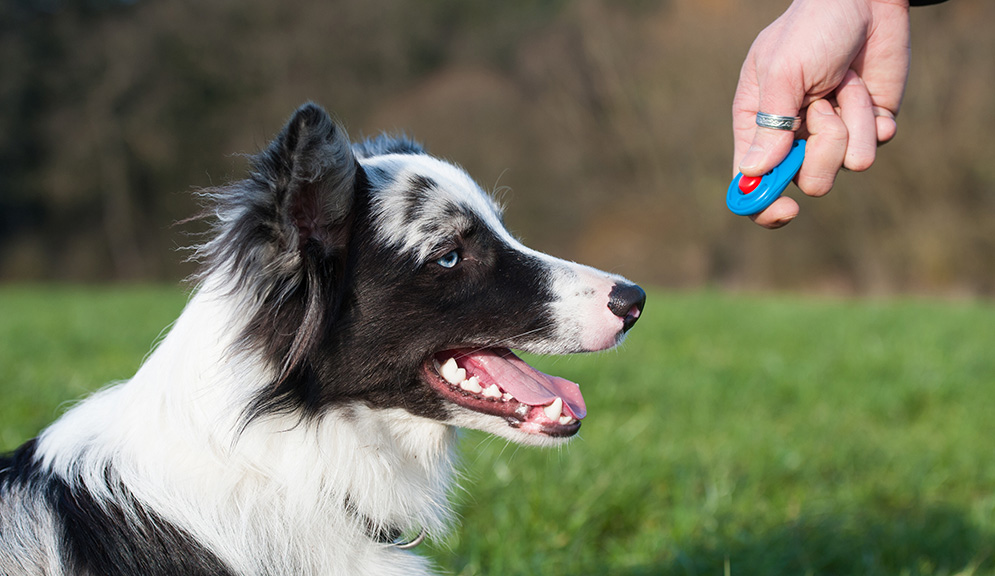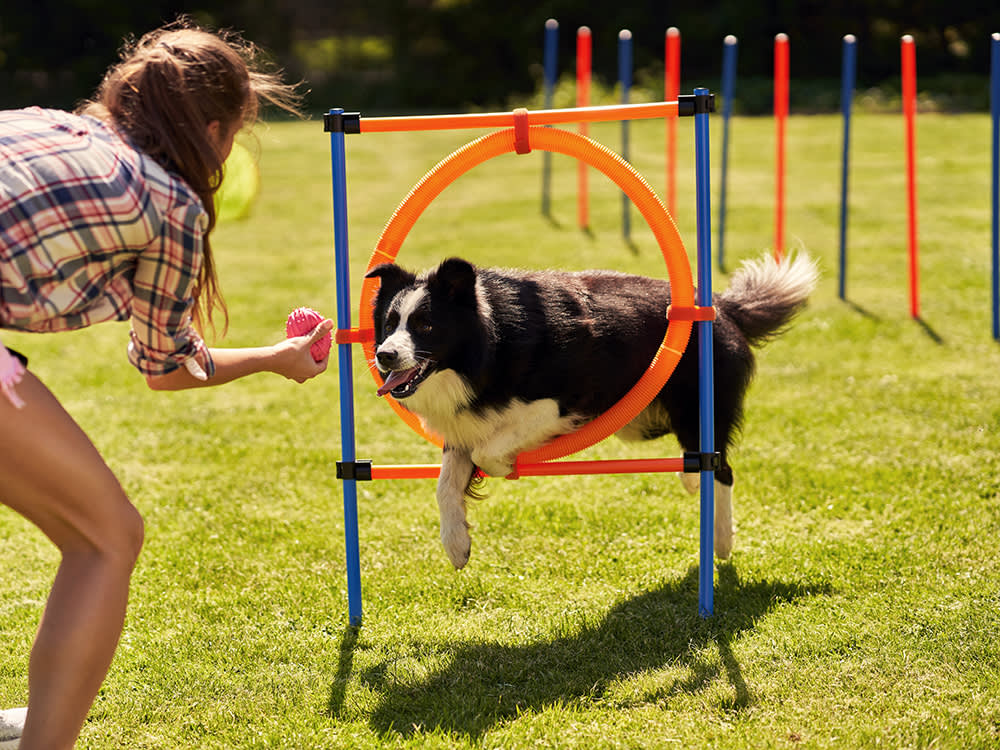The Ultimate Guide to Canine Training: Structure a Delighted, Loyal Pet
Effective dog training is a multifaceted procedure that hinges on a deep understanding of canine habits and the application of tried and tested techniques. By accepting positive support and consistent command use, pet dog proprietors can grow not just obedience yet additionally a solid, relying on relationship with their canines.

Recognizing Dog Habits
Just how does a canine's actions mirror its psychological and psychological state? A canine's activities can function as a window right into its sensations, demands, and total mental wellness. For example, a wagging tail generally indicates joy and exhilaration, while a decreased tail might indicate concern or entry. Likewise, articulations such as barking or whining can communicate a selection of emotions, from delight to distress.
Body movement additionally plays a crucial duty in understanding canine habits. An unwinded posture and open mouth signal convenience, whereas stressful muscles and pinned ears may recommend anxiety or aggressiveness. Observing these signals is important for determining the source of a dog's habits, whether it originates from stress, worry, or excitement.
Furthermore, a pet dog's communication with its setting and other animals can provide understanding right into its emotional state. A pet that engages playfully with various other canines is most likely feeling protected and social, while one that shows evasion or aggression may be experiencing tension or instability. Understanding these behavioral signs is essential for promoting a solid connection between the animal and the proprietor, eventually adding to the canine's emotional wellness and well-being.
Crucial Training Methods
Effective canine training techniques are vital for fostering preferable actions and strengthening the bond in between a pet dog and its proprietor. Making use of favorable support is among one of the most efficient methods, where benefits such as treats, praise, or play are provided to reinforce desired behaviors (dog training charlotte). This motivates the pet to repeat those actions, developing a positive understanding environment
Uniformity is another essential component in canine training. Commands ought to be consistent and clear, and all household members have to use the very same policies to prevent confusing the pet. Timing is equally essential; incentives ought to be provided quickly after the desired habits to establish a clear connection between the incentive and the action.
In addition, short and engaging training sessions work, as canines have varying focus spans. Goal for sessions of 5 to 15 mins, depending upon the canine's age and power level. Integrating play right into training can additionally improve motivation and pleasure for both the dog and the owner.
Lastly, patience is essential. Pet dogs learn at their very own speed, and preserving a calm temperament will certainly assist alleviate aggravation, ensuring a positive training experience. These necessary techniques lay the foundation for effective canine training and a harmonious partnership.
Basic Commands to Instruct

Use deals with, praise, and play to compensate your canine's successes. By instilling these standard commands, owners equip their pet dogs with the abilities essential for a harmonious and well-behaved partnership.
Resolving Typical Behavioral Problems
Recognizing and addressing common behavioral concerns in pet dogs is vital for fostering a harmonious relationship between animals and their proprietors. Lots of pet dogs display habits such as excessive barking, eating, or hostility, which can stem from stress and anxiety, boredom, or lack of proper training. Recognizing the origin of these actions is the primary step toward efficient treatment.
For instance, extreme barking may suggest have a peek at this website a requirement for attention or an action to environmental stimulations. In such instances, proprietors must analyze the canine's atmosphere and offer appropriate mental stimulation, such as interactive playthings or routine exercise. Eating can commonly be handled by rerouting the actions to proper eat products and making sure that the dog has sufficient exercise to reduce monotony.
Aggressive behavior requires cautious handling and might require expert training help. It's vital to recognize that penalty can exacerbate anxiety and aggressiveness, leading to a cycle of behavior issues. Instead, focus on favorable reinforcement techniques to compensate desirable habits and enhance a sense of security.
Structure a Favorable Training Environment
Producing a favorable training atmosphere is fundamental for strengthening preferable actions in canines and alleviating behavior issues. This environment must be defined by consistency, encouragement, and a clear understanding of the training purposes. By developing a routine, pet dogs learn what is expected of them, which helps reduce stress and anxiety and confusion.
Utilizing favorable reinforcement methods, such as deals with, appreciation, and play, promotes a sense of safety and security and inspiration in the pet. Rewarding great habits instantly and continually enhances the preferred actions, making the training procedure extra reliable - dog training charlotte nc. Additionally, instructors must stay individual and calm, as pets are delicate to their handlers' emotions
The training space must be free from diversions to ensure the pet can focus on the tasks available. Consider using a quiet room or a safe and secure exterior location. Including playtime and socializing right into training sessions promotes a well-rounded method, boosting the pet dog's knowing experience.
Eventually, a positive training environment nurtures a solid bond between the pet dog and handler, bring about a loyal, delighted family pet. By prioritizing this atmosphere, family pet proprietors can properly attend to behavioral challenges and grow a successful training journey.
Verdict
Effective dog training counts on an extensive understanding of canine actions and the application of positive Discover More support methods. By grasping important commands and attending to behavior concerns with patience and clear interaction, proprietors can cultivate a strong bond with their family pets. Developing a helpful training environment improves safety and security and trust fund, eventually resulting in the advancement of a happy and well-behaved companion. Embracing these principles makes certain a gratifying training experience for both pet dogs and their proprietors.
Effective dog training is a complex procedure that pivots on a deep understanding of canine habits and the application of tested strategies. A pet dog that engages playfully with other canines is most likely sensation social and protected, while one that shows evasion or aggressiveness may be experiencing tension or insecurity.Efficient canine training strategies are essential for promoting preferable habits and strengthening the bond in between a pet dog and its owner.Developing a favorable training setting is basic for strengthening desirable actions in pets and reducing behavioral problems.Efficient dog training counts on a comprehensive understanding of canine actions and the application of favorable reinforcement strategies.